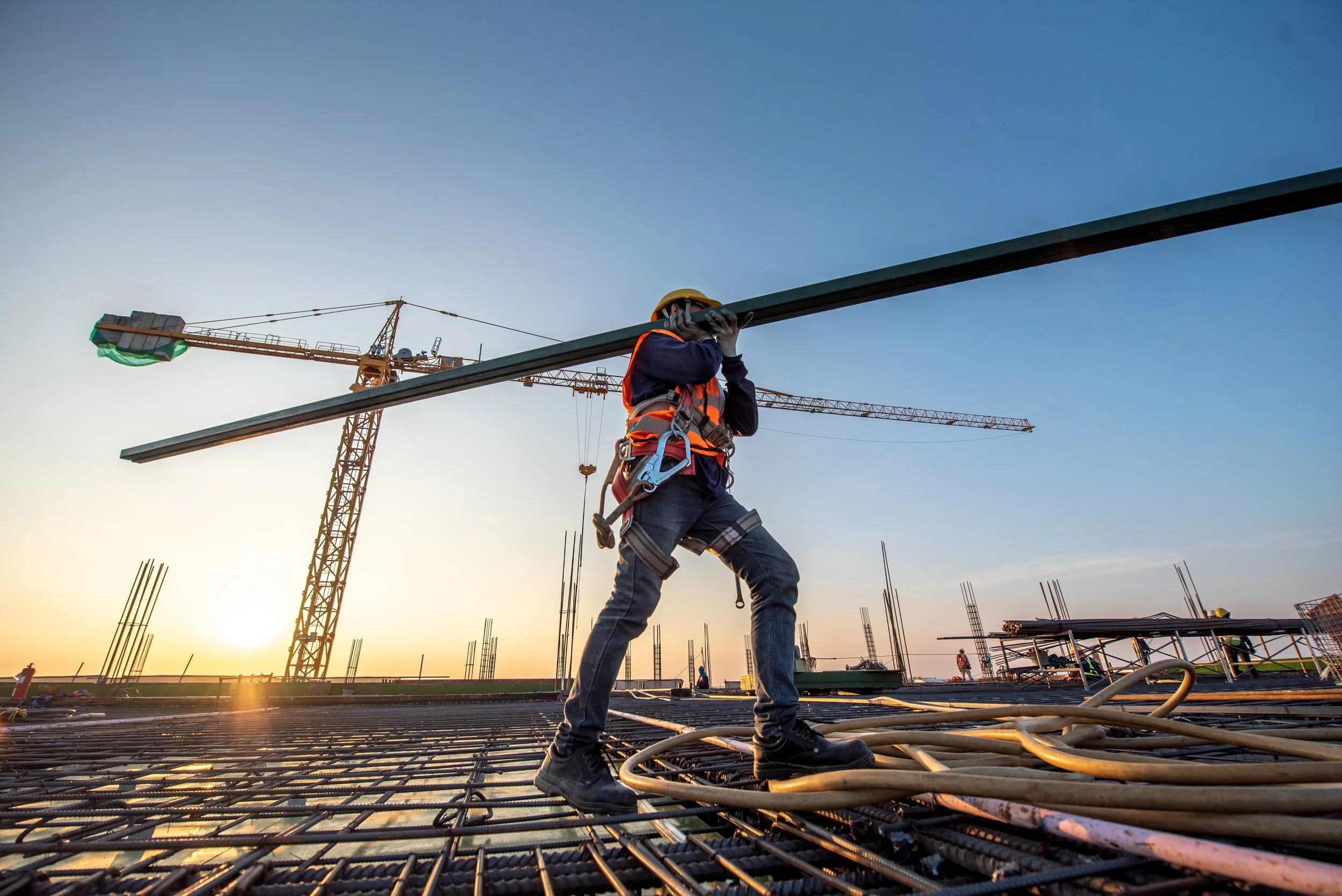Op-ed: Yes, you can build sustainable buildings after tariffs
Lost in the market gyrations of the pause of “reciprocal” tariffs is that we still have universal 10% tariffs on goods coming into the U.S. Import taxes are going to hit the construction industry hard; the National Association of Home Builders estimates the tariffs will increase the cost of construction by $7,500-$10,000 per home. As Americans bought $13 billion of imported construction materials in 2024, the increased costs shouldn’t be a surprise.
Homebuilders may not be thrilled with the tariffs, but there is some good news. Not only is sustainable construction still possible after the tariffs; sustainable construction is now, compared to traditional construction, even more cost-competitive than it had been before.
Given the insatiable consumer demand for sustainable buildings and the new, lower relative expense of building them, it’s time for an industry-wide prioritization of net zero buildings. First and foremost, the relative expense of sustainable building materialswill go down as the price of imported materials increases, and for a simple reason: green building certi cation programs already prioritize using locally sourced goods, which will not be subject to import taxes. There is the most obvious reason, of course: locally produced materials don’t have to travel as far, meaning just getting them to the job site uses less carbon-emitting fossil fuels than imported materials. As building materials are dense and heavy – and if you don’t believe me, try to pick up a concrete block or a steel beam – the emissions from the oil needed to get them to the job site add up quickly.
Local, American-made goods are better for net zero buildings for reasons beyond transportation, too. First, according to the White House Council on Environmental Quality, using recycled materials is an effective way to limit embodied carbon, and the U.S. is a global leader in reusing and recycling construction components.
Further, the U.S. is a leader in producing materials that are low-or-zero- carbon to begin with; American companies produce low-carbon steel, low- carbon concrete, and even low-carbon glass. Most of all, America is perfectly able to produce the equipment – like heat pumps, advanced insulation, and duct sealing – that make buildings more energy efficient and produce fewer emissions. These factors combine to make America a leader in green building construction.
Finally, building sustainable buildings with domestic materials will provide something that everyone in the built environment – from construction companies to building operators to tenants – will appreciate: predictability. Tariffs often disrupt supply chains, but people using local materials won’t have to care; they’ll have their suppliers locked in. Tariffs will also likely drive up energy costs, as the U.S. imports more energy from Canada than any other country. But if your building is energy efficient, big swings in energy costs won’t drive big swings in operational costs.
To be clear, the cost of sustainable building will not go down once the tariffs are in place. Seeing an audience with few alternatives rarely causes a manufacturer to lower their prices. They will not, however, be able to raise their prices nearly as much as the cost of goods subject to tariffs will go up. That will make sustainable building a comparatively better deal.
But as long as there is still construction, there should be sustainable construction. Polling – and the market – have shown that consumers prefer sustainable buildings. The market is meeting just 34% of the demand for sustainable buildings as it is and 84% of people say living in a green home is important to them. Now that tariffs are likely to shake up the entire built environment market, builders must realize that sustainable building is not only still possible in our new reality; it’s more pro table, as well.
Mahesh Ramanujam is president and CEO of Global Network for Zero.

